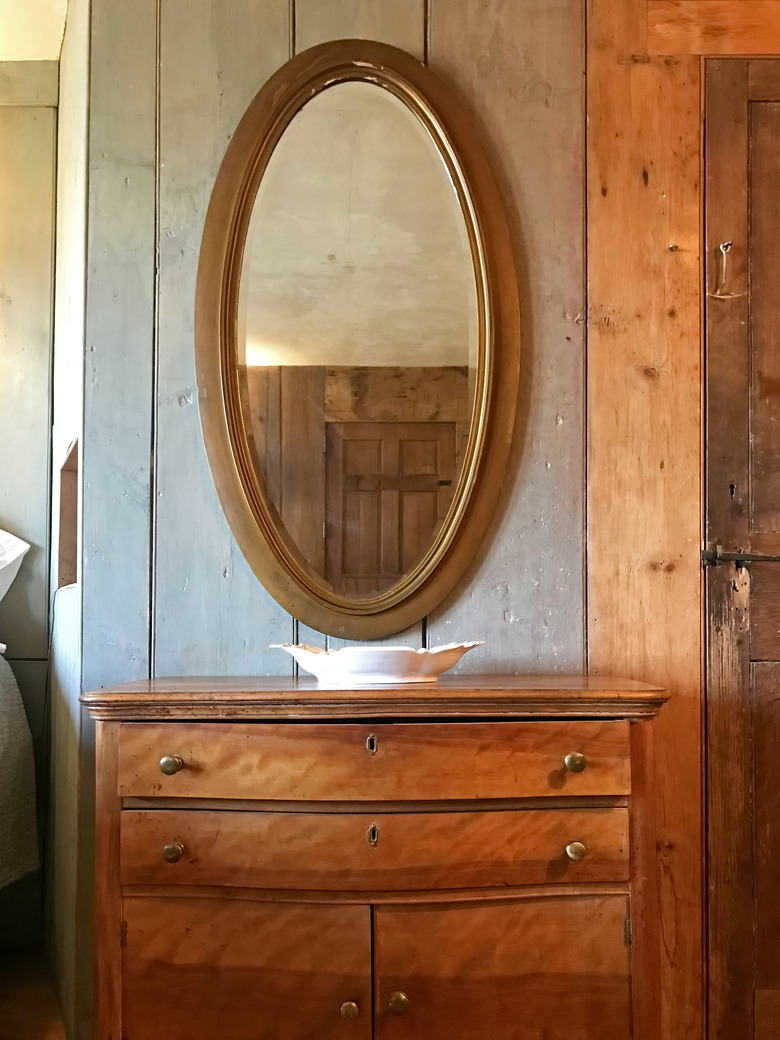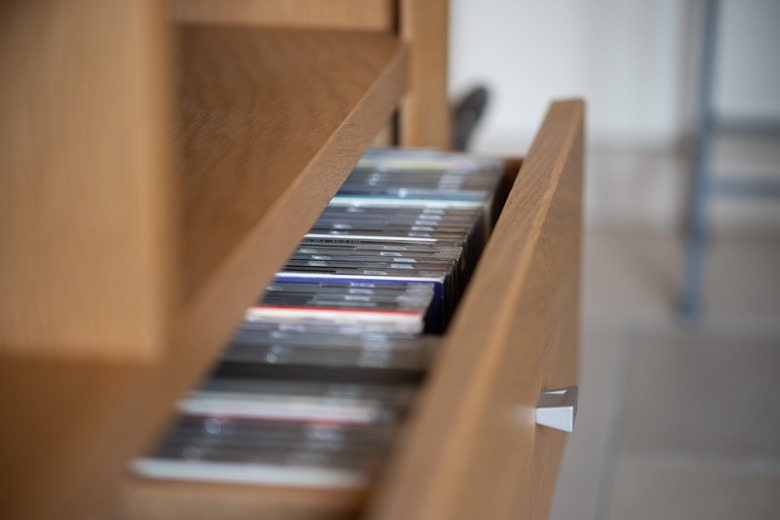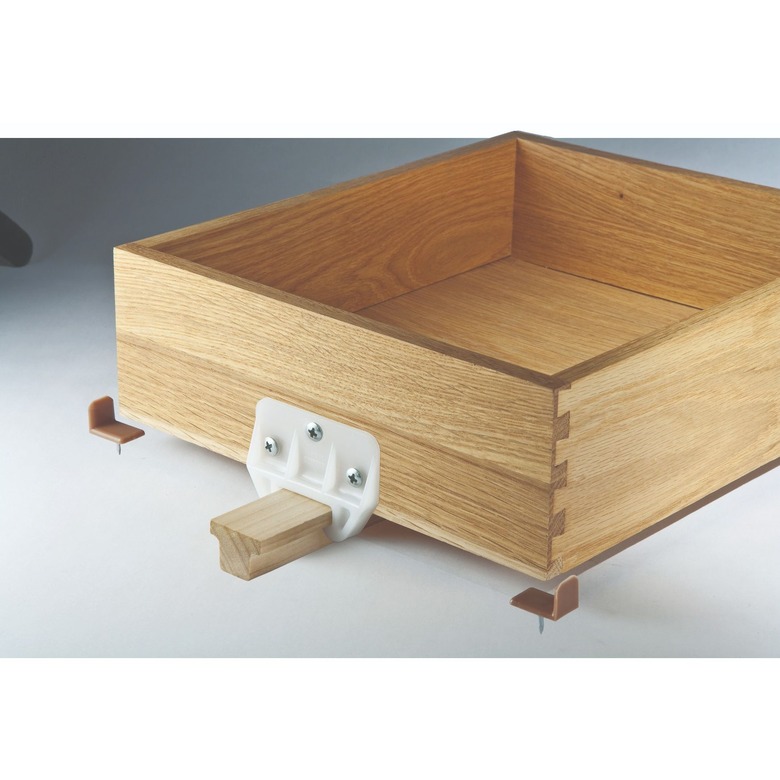How To Remove Drawers With Wood Glides
Drawers needs some kind of support inside a cabinet or dresser or they will tip under the weight of the their contents. To prevent this, and to make the drawers easier to pull, cabinetmakers typically attach glides to the sides or bottoms of the drawers. They usually fit into tracks attached to the inside of the cabinet. The fit must be fairly precise; the drawer will wobble if the fit is too loose and bind if it's too tight, and either way, the drawer can be hard to pull.
The glides can be made of wood, metal or even plastic. Wood drawer glides aren't as common as metal ones, but at one time wood was only kind available, and cabinetmakers still use them extensively. The biggest problem with wood is that it expands and contracts with changing humidity, so when the humidity is high, the drawer can stick and may be very difficult to remove.
On the other hand, if the humidity is low, the glides fit well and they are maintained with a coating of wax or soap, the drawer will slide easily and be easy to remove. In fact, it can be too easy to remove, so manufacturers often install stops on the back as a safety feature. If your drawers have stops like these, removing them will take a tiny bit more effort than simply sliding them out.
Tip
If your drawer does stick, a simple trick can help it slide more easily. Once you do manage to extract it, rub a candle back and forth along the wooden glides before you replace the drawer. You can also use a bar of soap.
Procedure for Removing a Drawer that Has Wooden Glides
Procedure for Removing a Drawer that Has Wooden Glides
When removing sticky drawers, you often have to wiggle them, and if the cabinet or dresser is free-standing, it can also wiggle and shake as you pull on the drawer. For this reason, if you're removing all the drawers, it's best to start at the top. If you remove the bottom drawers first, the structure could become top-heavy and topple.
1. Empty the Drawer
You don't have to remove everything from the drawer, but you should partially empty it for two reasons. First, the extra weight creates friction between the drawer and the glides, especially if the glides are mounted on the sides of the drawer, and this makes the drawer harder to pull. The second reason is that a full drawer is heavier and easier to drop when you finally do get it out.
2. Pull Straight Out
Grasp the handle and pull it gently but firmly toward you. If the drawer has two handles, grasp both of them and put equal pressure on each one. Drawers with glides mounted on the side tend to slide more easily if you lift the handles slightly to reduce the friction as as you pull on the drawer. Drawers with bottom glides often need a little side-to-side wiggling to get them to move. Keep pulling until the drawer is almost out.
3. Give a Final Firm Tug
Grasp the drawer by its sides and pull the drawer toward you with a sudden, firm motion. Try to keep tje drawer straight as you do this, because the drawer can get wedged if one side moves while the other doesn't.
4. Lift and Pull, If the Drawer has Stops
If the drawer won't come out when you give it a firm tug, it probably has stops mounted on the back of the drawer. These stops are bumping into the back of the cabinet face to prevent the drawer from coming out. If so, the best way to remove the drawer is to lift the front of the drawer about 6 inches to slightly pivot it, then pull forward gently when the stops clear the cabinet frame.
Tip
Some cabinet makers install stops on the cabinet frame. These are usually no more sophisticated than simple screws or plastic tabs that have been screwed into the frame or the drawer. If you remove these stops with a screwdriver, you'll be able to get the drawer out.
If the drawer has metal glides, you usually have to depress the tabs on both glides simultaneously while you pull on the drawer to get it out.


